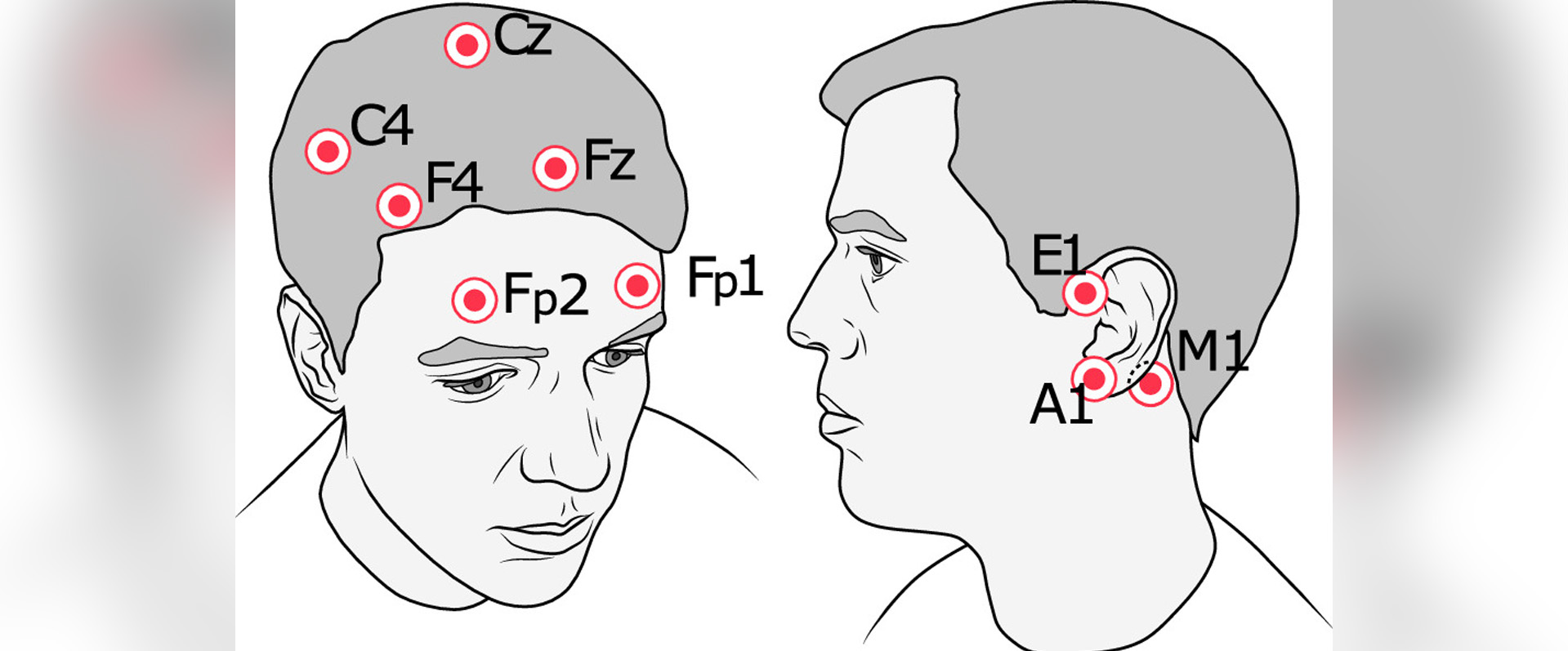Many studies over the past decades have provided exciting evidence that electrical signals recorded from the scalp (electroencephalogram, EEG) hold meaningful information about the brain’s function or dysfunction. This information is used routinely in research laboratories to test specific hypotheses and in clinical settings to aid in diagnoses (such as during polysomnography evaluations). Unfortunately, such meaningful information about brain function has not yet led to valuable solutions that can address the needs of many people outside such research laboratories or clinics. One of the major hurdles to practical application of EEG-based neurotechnologies is the current predominant requirement to use electrodes that are placed in the hair, which greatly reduces practicality and cosmesis.
While several studies reported results using one specific combination of signal/reference electrode outside the hair in one specific context (such as a brain-computer interface experiment), it has been unclear what information about brain function can be acquired using different signal/referencing locations placed outside the hair. Now, Dr. Gerwin Schalk, Director of the Tianqiao and Chrissy Chen Frontier Lab, and his team studied what EEG phenomena related to auditory, visual, cognitive, motor, and sleep function can be detected from different combinations of individual signal/referencing electrodes that are placed outside the hair. The results of their study from 15 subjects, published in Biomedical Physics & Engineering Express, suggest that only a few EEG electrodes placed in locations on the forehead or around the ear can provide substantial task-related information in 6 of 7 tasks. Thus, the results of our study provide encouraging evidence and guidance that should invigorate and facilitate the translation of laboratory experiments into practical, useful, and valuable EEG-based neurotechnology solutions.
